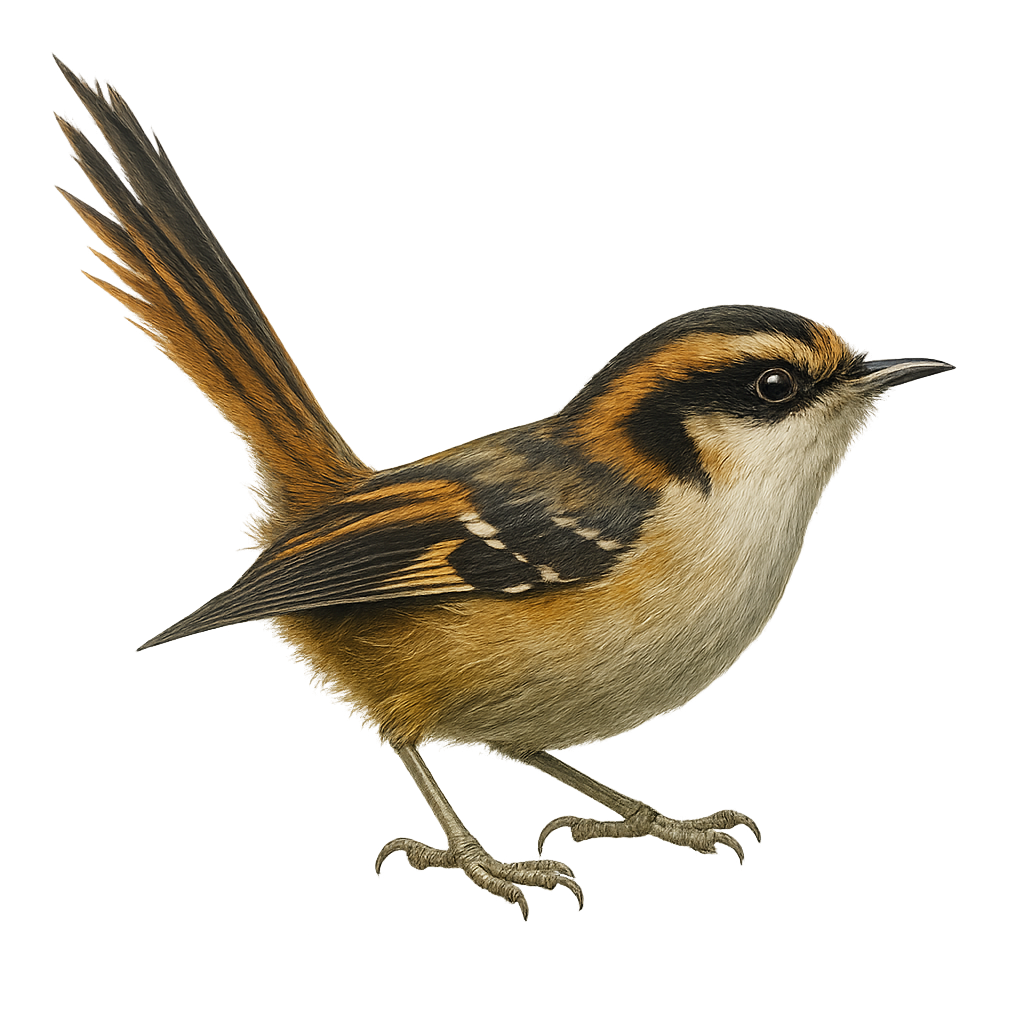Your wildlife photography guide.
Explore the thorn-tailed rayadito in detail, study its behavior, prepare your shots.
Where to observe and photograph the thorn-tailed rayadito in the wild
Learn where and when to spot the thorn-tailed rayadito in the wild, how to identify the species based on distinctive features, and what natural environments it inhabits. The WildlifePhotographer app offers tailored photography tips that reflect the thorn-tailed rayadito’s behavior, helping you capture better wildlife images. Explore the full species profile for key information including description, habitat, active periods, and approach techniques.
Thorn-tailed Rayadito
Scientific name: Aphrastura spinicauda

IUCN Status: Least Concern
Family: FURNARIIDAE
Group: Birds
Sensitivity to human approach: Suspicious
Minimum approach distance: 5 m
Courtship display: October to December
Incubation: 14-17 jours
Hatchings: October to January
Habitat:
Temperate forests, dense woodlands, shrublands
Activity period :
Primarily active during the day, with peak activity in the morning and late afternoon.
Identification and description:
The Thorn-tailed Rayadito, or Aphrastura spinicauda, is a small bird endemic to the temperate forests of southern South America, particularly in Chile and Argentina. It measures about 14 cm in length and is distinguished by its long, spiny tail, which gives it its name. Its plumage is primarily brown with shades of rufous and black, and it features a distinctive white stripe above the eye. This bird is often seen moving nimbly through branches in search of insects and spiders, which make up the bulk of its diet. Known for its social nature, it is often spotted in small groups or pairs, and is recognized for its melodious and complex song.
Recommended lens:
400 mm – adjust based on distance, desired framing (portrait or habitat), and approach conditions.
Photography tips:
To photograph the Thorn-tailed Rayadito, it is advisable to use a 400mm lens or longer to capture detailed images without disturbing the bird. Look for it in temperate forests, where it often moves in small groups. Be patient and discreet, as this bird can be suspicious. Take advantage of moments when it pauses to sing or feed to get interesting shots. Morning or afternoon light is ideal to highlight the nuances of its plumage.
The WildlifePhotographer App is coming soon!
Be the first to explore the best nature spots, track rutting seasons, log your observations, and observe more wildlife.
Already 1 431 wildlife lovers subscribed worldwide

